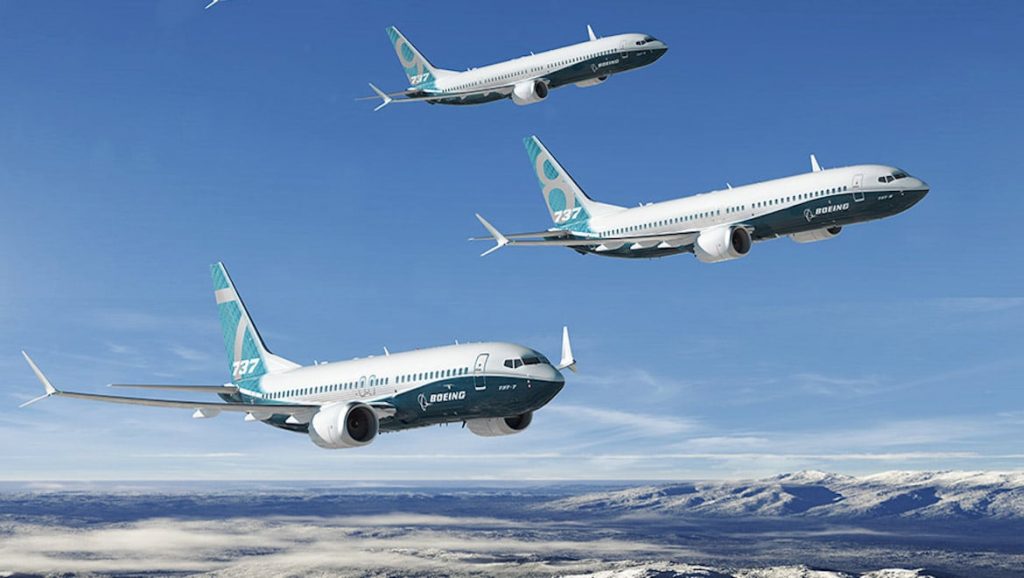
FAA administrator Steve Dickson has completed his personal safety evaluation flight on the updated 737 MAX, however says there are still ways to go before recertification.
US Federal Aviation Administration (FAA) chief and ex-commercial pilot Steve Dickson has completed a two-hour evaluation flight on the updated Boeing 737 MAX, following through on his promise not to give the new aircraft a green light until personally performing a safety test flight.
Dickson, along with a number of pilots representing the FAA and Boeing, landed at King County International Airport – also known as Boeing Field – shortly before 11am local time on Wednesday, following the test flight.
“I like what I saw on the flight,” Dickson said following his landing, however noted that he was not yet ready to give his official tick of approval, as FAA reviews continue on the jet.
“We are not to the point yet where we have completed the process,” he added.
The test flight was the latest step in the ongoing process to see the 737 MAX return to commercial service, after a worldwide grounding order was issued in light of two fatal crashes in Ethiopia and Indonesia that together killed 346 people.
The accidents have had a devastating impact on Boeing, after forcing the intimate relationship between the planemaker and the FAA into the spotlight, and prompting US lawmakers to overhaul how the federal organisation certifies new airplanes in the future.
The tragedies have also seen airlines around the world delay, cancel or convert their MAX orders, all of which has been compounded by the COVID-19 crisis.
Dickson said prior to the flight that he completed all of the new proposed pilot training and procedural requirements, as well as a simulator session.
The flight then was intended for him to personally test proposed 737 MAX design and operating changes intended to prevent disasters similar to the two crashes.
Dickson said previously that he would refuse to sign off on the plane’s recertification until he had personally flown the plane, could verify its updated safety measures were sufficient, and was “satisfied that I would put my own family on it without a second thought”.
However, not everyone is so convinced by the stunt.
A father of a 737 MAX crash victim has come out to label the move as nothing more than a publicity stunt, and has called for the FAA to release all test data and flight information to the public, so external experts can weigh in on these safety upgrades.
“Without that secret data, independent experts and the public cannot confirm whether the aircraft is safe,” said Michael Stumo, whose daughter was among the 157 people killed in the second 737 MAX crash in Ethiopia.
The families of the crash victims recently banded together to write a letter during the FAA’s public consultation period on the new MAX updates, which called for greater protections to be included in the new MAX, including new emergency alarm systems, and a complete aerodynamic overhaul on the aircraft.
From here, the FAA will still need to consider comments made during the public consultation, as well as finalise its own reviews.
However, inside sources believe that the FAA is likely to lift the US grounding order on the aircraft in November, with the European aviation safety agency to follow suit.
This could see the MAX return to commercial service before the year is out.










